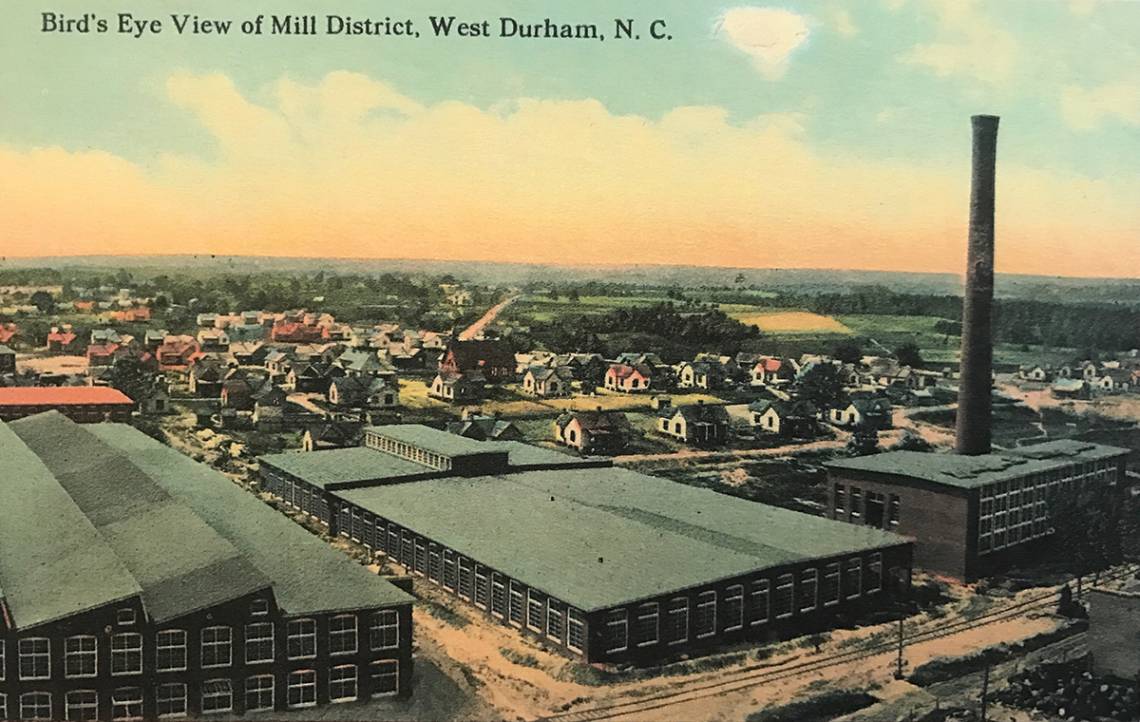Bull City 150 Pop-up Event on Durham's History of Inequality
Exhibit on housing and land inequality to be part of Third Friday events in Durham

Gentrification, inequality and public projects that impact housing are not new issues in Durham.
A Bull City 150 pop-up exhibit on the history of housing and land inequality in Durham will be part of the Third Friday events in downtown Durham on Friday, June 16, from 6 to 9 p.m. at the Self-Help Temple Building, 302 W. Main Street.
Bull City 150 is a joint project of Duke University’s Samuel DuBois Cook Center on Social Equity and the Sanford School of Public Policy. The research project led by Robert Korstad, professor of public policy and history, is examining the historical and contemporary roots of inequality in Durham.
“Housing represents the greatest percentage of wealth for the vast majority of Americans,” said Korstad. “It is also the place where racial and socio-economic disparities are the most visible. Looking at the history of housing and land use policy in Durham helps illuminate these inequalities.”
The pop-up event is a preview of a planned larger exhibit. Members of the Bull City 150 team will be on hand Friday night to discuss the project.
The exhibit explores how the landscape of Durham has been shaped by land use policy, such as the construction of the mill villages and the Durham Freeway, and how those choices created and reinforced inequality. In addition to photographs, maps and oral histories, there will be a story booth set up where people can share their own stories of housing and home in Durham.
The larger exhibit will be a traveling exhibit, displayed at different community spaces throughout Durham. For more information about Bull City 150, visit their website at bullcity150.org.